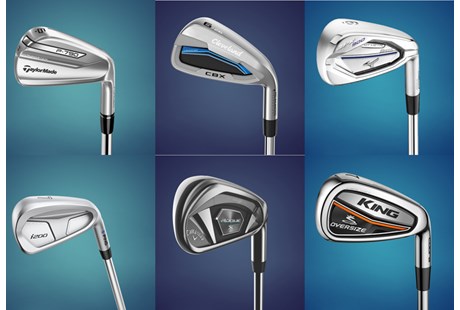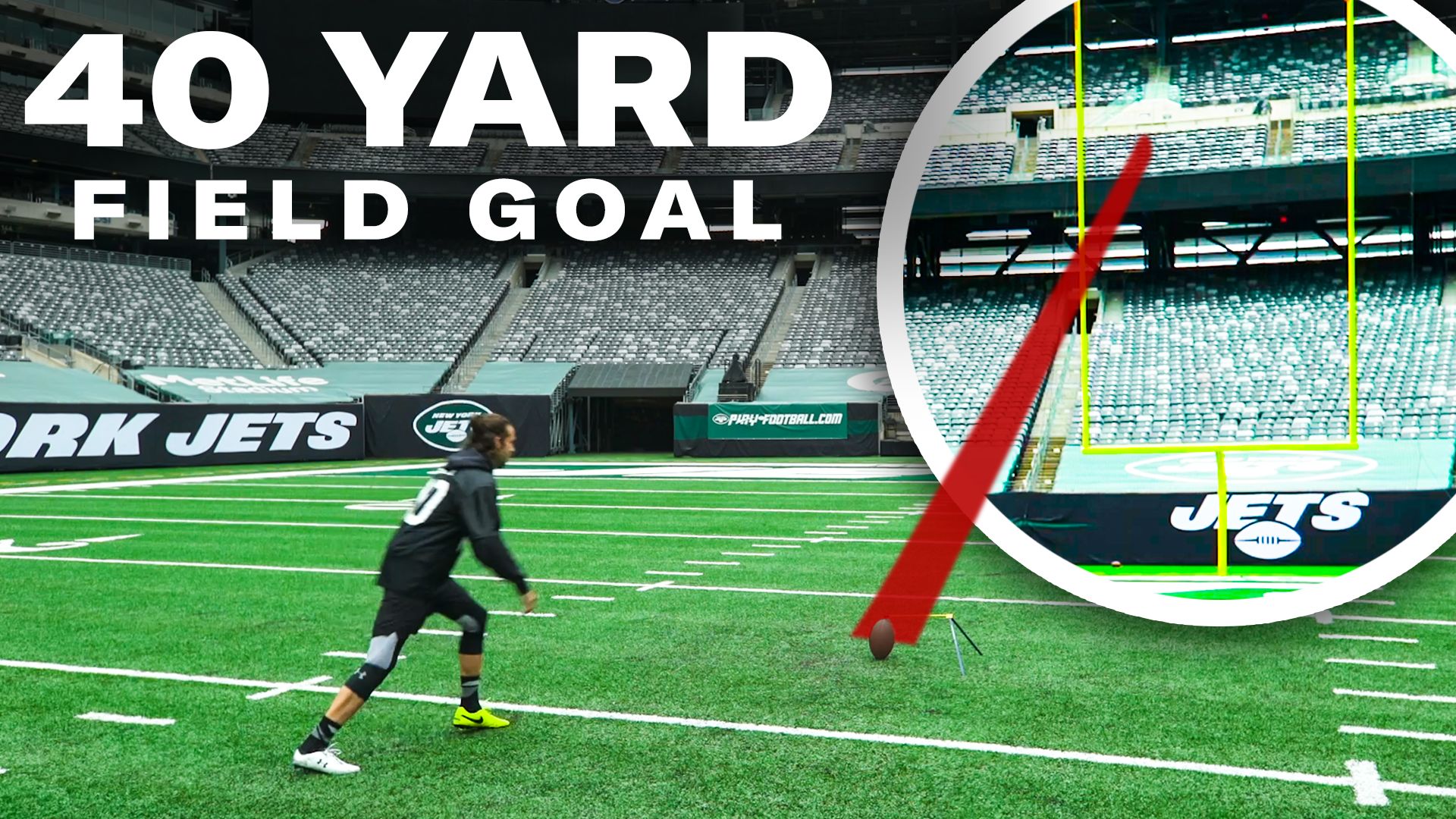How to Shorten Golf Clubs: The Ultimate Guide for Perfect Swings
To shorten golf clubs, you can either cut the shaft or grip down to size. Now, if you have clubs that are too long, rather than buying new clubs, you can make adjustments to the existing ones to suit your needs.
Golfers of all levels can benefit from properly fitted clubs, and if they are too long, it can be difficult to make solid contact. In this article, we will discuss how to shorten golf clubs by cutting the shaft or grip, as well as when and why you may need to make such adjustments.
We will also provide some important tips to consider before making any changes to your clubs. By the end of this article, you will have a better understanding of the steps you need to take to shorten your golf clubs and improve your game.

Credit: www.todays-golfer.com
Best Practices For Shortening Golf Clubs
Are you thinking of shortening your golf clubs? Perhaps you’re a golfer who found out that your clubs are too long, or maybe you want to try a different swing. Whatever the reason, shortening golf clubs is a cost-effective way to improve the overall performance of your golf game.
Recommended Tools And Equipment For Shortening Golf Clubs
Before you start, you should have the right tools and equipment to ensure the job is done correctly. Here are the recommended tools and equipment you will need:
- Rubber vise
- Hacksaw
- Sandpaper
- Grip solvent
- Double-sided grip tape
- New grip
- Razor blade or utility knife
Key Considerations Before Shortening Golf Clubs
Shortening a golf club might be a straightforward process, but there are essential considerations you should know beforehand:
- Determine the amount to shorten: Be sure to measure and determine the exact length you want to shorten the club. Typically, a professional club fitter will measure your clubs and consider your height and other factors to decide the desired length for you.
- Impact on swing weight: Shortening your club will decrease its overall weight. It is essential to make adjustments to maintain your desired swing weight. You can add lead tape inside the clubhead or purchase a weighted club extension to maintain the balance.
- Warranty: Make sure you check your warranty agreement before proceeding with any modifications. Some manufacturers may void the warranty if you make any changes to their clubs.
Essential Tips For Shortening Golf Clubs Like A Pro
Now that you have all the necessary tools and equipment let’s go through some tips to shorten your golf club like a pro:
- Secure the club in the rubber vise: Clamp the club in the rubber vise with the head at the topmost part and away from the vise to avoid any damages.
- Mark where to cut: Mark the desired length with a pencil or sharpie before making any cuts.
- Cut the shaft: Use a hacksaw to cut the shaft, and be sure to cut it straight and even.
- Sand the edges: Once you have made the cut, sand the edges with sandpaper to ensure that there are no rough spots.
- Remove the old grip: Use a razor blade or utility knife to slice the grip off the club.
- Cleaning the club: Clean the clubhead and shaft to remove any dirt or residue.
- Apply the new grip: Apply the double-sided grip tape onto the club shaft and install the new grip using grip solvent to secure it in place.
Shortening golf clubs can be done in a few easy steps, but you should always be mindful of the steps for safety and quality. With the right tools, equipment, and tips, you’re sure to have a successful club shortening project.
Happy golfing!
Step-By-Step Guide: How To Shorten Golf Clubs
Shortening your golf club will help you to gain better control over your shots. By following this step-by-step guide, you can learn to shorten your golf club yourself. No need to take it to a pro – just grab your tools and get started!
Preparing The Golf Club For Shortening:
Before you start, there are a few things you need to do to prepare your golf club for shortening:
- Gather all the necessary tools, including a saw, grip solvent, a vice, and sandpaper.
- Remove the club head from the shaft. This will make the job much easier, as you won’t have to worry about accidentally damaging the clubhead while you work on shortening the shaft.
- Clean the shaft with a solvent to remove any dirt or debris. This will help you to make precise measurements and ensure that the new grip will be securely attached to the shorter shaft.
Taking The Measurements Accurately:
Accurate measurements are crucial when shortening a golf club. You need to take measurements from both ends of the shaft, as well as from the grip itself. Here’s how to do it:
- Determine the length you want to shorten the club by. Measure the club as it is now and decide how much length you want to take off. It’s best to be conservative and take off less rather than more, as you can always take more off later if needed.
- Measure the length of the grip. You’ll want to make sure that your new grip will fit securely on the shorter shaft. Take careful measurements before you cut.
- Measure the diameter of the shaft. This measurement will help you to determine how much of the shaft you’ll need to remove to get the desired length.
Cutting And Removing The Shaft:
Now that you’ve prepared your golf club and taken accurate measurements, it’s time to start cutting. Here’s what to do:
- Secure the shaft in a vice. Make sure it’s held firmly so it won’t move while you work.
- Use the saw to cut the desired length off the shaft. Be careful to cut straight so the new end is even and straight.
- Sand down the cut end of the shaft with sandpaper until it’s smooth and even.
- Attach the clubhead back to the shaft. Check that the length is correct before tightening the screws.
Installing The Grip And Adjusting The Clubhead:
The final step is to attach the grip and adjust the clubhead as needed. Here’s how:
- Apply grip solvent to the inside of the new grip and slide it onto the shorter shaft. Check that it’s properly aligned and secure.
- Allow the grip to dry according to the manufacturer’s instructions.
- Adjust the clubhead if necessary. You may need to adjust the loft or lie angles to accommodate the new shaft length.
- Finally, test out your newly shortened golf club on the course. You should notice improved control and accuracy if you’ve followed all these steps correctly.
Testing Your Shortened Golf Clubs
Golfers, have you ever thought about shortening your golf clubs? This process involves cutting off a portion of the club’s shaft to cater to your specific needs. Shortening clubs can help with accuracy, ball flight, and overall performance. So, now that your clubs are shortened, let’s explore the testing process to ensure that they meet your expectations.
Explanation Of Testing Process
Testing your newly shortened clubs may appear like a daunting task, but it is crucial to ensure that they are working well. Here’s what the testing process may involve:
- Experiment with different shots – take your shortened clubs to the driving range and practice hitting balls from a variety of lies, like rough terrain, sand traps, and fairways.
- Measure your distances – use a rangefinder or gps device to evaluate how far you can hit with each club and also figure out the gaps between clubs.
- Use trackman technology – utilize the launch monitor to measure ball speed, launch angle, spin rates, and more. This technology will analyze your shots and help optimize your club fitting.
Testing your clubs should provide you with a comprehensive understanding of their performance. However, there are essential factors to evaluate in your new golf club.
Important Factors To Evaluate In Your New Golf Club
When testing your shortened clubs, ensure that you take note of the following vital factors:
- Accuracy – did your shots land where you intended them to land?
- Distance – are you hitting the ball as far as you thought you would with each club after the shortening process?
- Trajectory – the ball’s flight path is vital information to note to ensure that it behaves as expected after the club has been shortened.
- Comfort – how does the club feel when you swing it? Is it comfortable to hold, or is it too short or too long?
- Swing speed – did you feel a change in your swing speed after shortening the club, and if so, did it affect your ball flight?
These factors will help you assess whether your shortened clubs are suitable for your game. But how do they perform compared to your previous full-length clubs?
What To Expect In Terms Of Performance After Shortening
Reducing the shaft length of your club can have both positive and negative outcomes on your game. Let’s explore the potential changes you may experience after making the switch:
Positives:
- Improved accuracy – shortening clubs can help reduce the chances of your ball going off-course, making it easier to hit your target.
- Better control during swings – the shorter the club, the easier it is to manage, leading to a better swing path and control.
Negatives:
- Loss of distance – shortening the club’s shaft may lead to a loss of distance because you are cutting off the end of the club, which impacts its length.
- Change in balance – shortening the club can make it heavier and impact the balance. This can cause problems during swings, leading to an inconsistent shot shape.
Overall, when testing your newly shortened clubs, pay attention to the essential factors and what to expect in terms of performance. Remember, golf is a game of small margins, and even the slightest adjustment can have significant consequences. By following these guidelines, you’ll be able to make the right decision concerning your club’s fitting.
Frequently Asked Questions Of How To Shorten Golf Clubs
How Much Can You Shorten Golf Clubs?
Golf clubs can be shortened from 1 to 3 inches on average. Custom fitting is recommended.
Will Shortening Golf Clubs Improve My Game?
If your club is too long, shortening may help reduce mishits, and improve control, and accuracy.
Can I Cut Down Golf Clubs Myself At Home?
Cutting your own clubs is not recommended as it can affect the balance and affect the club’s performance.
Conclusion
Overall, shortening your golf clubs can be a beneficial change for your game. It is important to consider the factors that impact club length, such as your height, swing speed, and playing style. Measuring and altering club length can be done by a professional or at home with the proper tools and techniques.
It is also important to note the potential impact on your swing weight and overall feel of the club. With a little research and effort, shortening your golf clubs can result in better control, accuracy, and ultimately, more enjoyable rounds on the course.
Remember to experiment with different club lengths and find what works best for your individual game. Happy golfing!



